
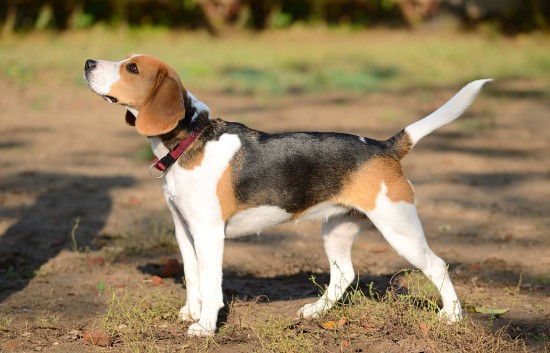

The beagle is a small to medium breed of dog that falls within the hound group, and is a scent hound breed that was originally used for tracking game such as deer, hares and rabbits. They have a highly developed sense of smell, and as such are today widely used as detection dogs by organisations such as law enforcement and customs and import agencies.
In more recent years, they have also become ever more popular as pets, due to their high intelligence, convenient size and general lack of serious hereditary health problems. But the beagle can also be a challenging dog to own within a domestic environment, as they are lively, active and very single minded when it comes to finding and pursuing a scent! Potential beagle owners should undertake plenty of research into the breed before deciding that the beagle is the right dog for them, as they can prove a handful within the home, requiring clear and confident training and management, and plenty of exercise!
In this article, we will look at the main temperament and behaviour traits of the beagle in more detail, in order to provide a basic overview of beagle ownership basics. Read on to learn more.
While the beagle is a small and reasonably compact dog, it would be a big mistake to assume that they only need a small home and garden, and occasional quiet walks. The beagle’s need for exercise and entertainment is very high, and they should be walked several times per day, or taken on long and varied daily walks and outdoor play in order to keep them happy and healthy.
Beagles are bright and enthusiastic dogs that need plenty of mental stimulation as well as physical exercise, and as such, they take well to complex training, canine sports and problem solving. Walks, play and exercise should be designed to exercise the mind of the beagle as well as their bodies!
The beagle was originally bred to purse prey, and their superior hunting and problem solving instincts have also been widely harnessed for detection work too. Even within a domestic setting, the beagle is very driven by their sense of smell, and will spend large parts of their days sniffing around and trying to find and pursue interesting new scents.
This is particularly pronounced when out on walks, and the beagle on the lead is likely to be keen to go their own way to find scents, weaving backwards and forwards as much as possible within the range of the lead.
Off the lead is when the beagle really lets loose, and they will happily spend hours at a time scenting and pursuing scents, which can make them tricky to train for reliable recall when they have found something interesting.
Beagles also tend to view small animals such as rabbits, rodents and potentially even domestic cats as potential prey, and so great care must be taken to ensure that the beagle does not become a potential hazard to wildlife and pets. This may mean muzzling the dog off the lead, only walking off the lead in enclosed areas, and spending a significant amount of time working on the dog’s recall.
The beagle is a fairly loud and vocal dog, which will soon bark when someone approaches the home, in excitement, or when on a hunt. This can become problematic within suburban areas when the presence of a noisy dog is not to your neighbours’ tastes!
As well as the barking, beagles are apt to howl a lot as well, for a wide variety of reasons. Beagles howl to communicate, both with other dogs and with their handlers, and if bored, frustrated, or lonely.
This means that the beagle is not always a good fit for homes in close quarters to non-dog-loving neighbours, and that a lot of time and attention should be paid to training the dog to keep quiet when needed, which is not always successful.
The beagle is one of the most food-orientated of all animals, and one of the most likely to beg for food, scavenge when out on walks, or even take every opportunity to steal food from the table or bin! Their sense of smell also gives them a head start at finding discarded food products, and other disgusting things to eat such as fox faeces.
As well as the potential problems that may arise from scavenging and begging, the beagle also has a tendency to overeat if given the chance to, and their food intake should be carefully monitored to ensure that their diet matches their exercise levels. On the plus side, this does make the beagle particularly amenable to motivation with treats, which are an important training tool for the breed.
While the beagle is an intelligent, lively dog that bonds strongly with their handlers and families and is keen to please, they are also prone to stubbornness, particularly when there is something that they would rather be doing! Plenty of coaxing, encouragement and positive reinforcement is required to motivate the beagle and retain their attention, particularly if they are pursuing a scent and suffering from selective deafness!
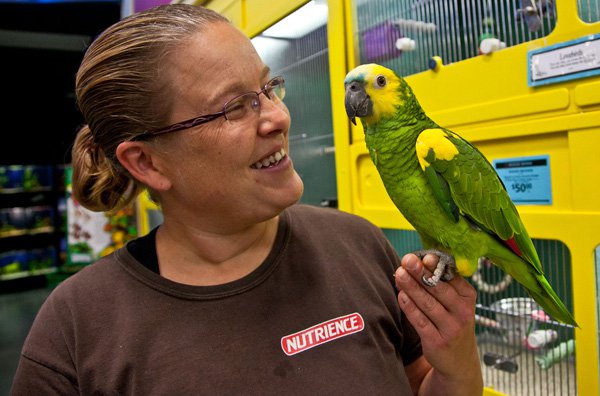 A Beach Day!!
A Beach Day!!
Just as we tend to humans need A
A Beach Day!!
A Beach Day!!
Just as we tend to humans need A
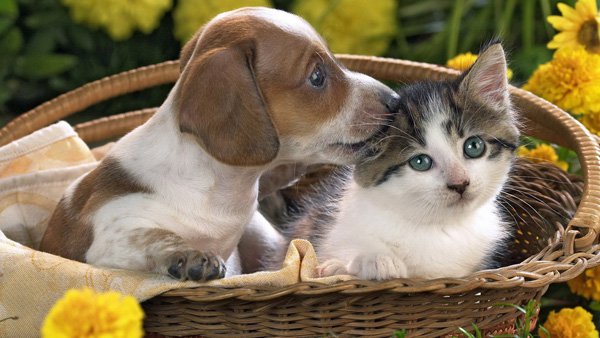 Chicken coops are a great way to become more independent
Chicken coops are a great way to become more independent
Chicken coops are a great way to become more independent
Chicken coops are a great way to become more independent
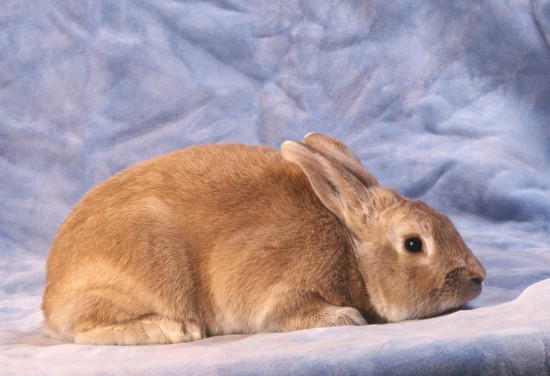 A Guide To Rabbit Colours
A Guide To Rabbit
A Guide To Rabbit Colours
A Guide To Rabbit
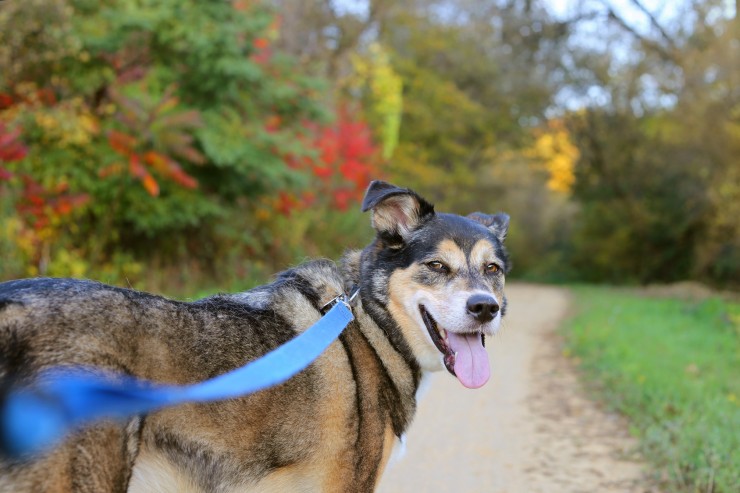 Keeping Other People And Dogs Safe When You’re Out With Your Own Dog
Keeping Other Peo
Keeping Other People And Dogs Safe When You’re Out With Your Own Dog
Keeping Other Peo
 Five More Common Mistakes To Avoid Making With Your New Puppy
Five More Common
Five More Common Mistakes To Avoid Making With Your New Puppy
Five More Common
Copyright © 2005-2016 Pet Information All Rights Reserved
Contact us: www162date@outlook.com